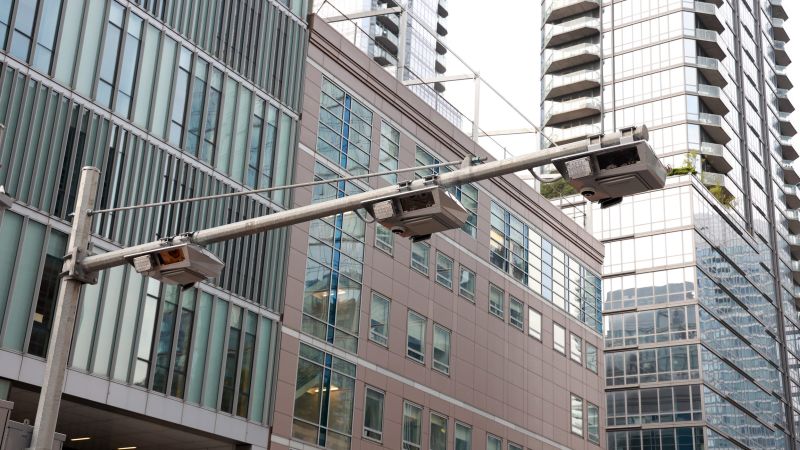Congestion pricing is set to be implemented in New York City, with tolls expected to start around June 15. The plan, approved by transit officials, will charge drivers entering Manhattan south of 60th Street to help reduce traffic and fund infrastructure repairs. The toll structure will be similar to other cities like London, Stockholm, and Singapore, with drivers paying $15 during the day and $3.75 overnight. Trucks and buses will pay higher tolls based on size and function, while taxis, ride-share vehicles, and some buses will also be charged.
Some vehicles, including emergency vehicles, school buses, and those carrying people with disabilities, will be exempt from the toll. Low-income drivers will receive a 50% discount, and there will be a tax credit available for low-income residents below 60th Street. The revenue generated from the tolls will be used to improve subway stations, repair signals, increase train capacity, and fund other infrastructure projects. The goal is to invest more in transit to combat congestion and improve service reliability.
Leading up to the implementation of the congestion pricing plan, the MTA plans to increase service on subway lines, redesign the bus network, and make significant service improvements on the Long Island Rail Road. Despite the approval of the plan, there are multiple lawsuits pending to block it, including one led by New Jersey Gov. Phil Murphy. However, MTA officials are confident that the plan will move forward as expected and will ultimately benefit the city’s transportation system.
MTA Chairman and CEO Janno Lieber emphasized the importance of addressing congestion in New York City and investing in transit infrastructure to prevent service interruptions and overcrowding, as seen in 2017. By generating revenue through the tolls, the MTA aims to make necessary upgrades to the transit system, such as adding elevators to subway stations for ADA compliance, repairing signals, and expanding train capacity. The funds will also support projects like Phase 2 of the Second Avenue Subway.
Overall, the implementation of congestion pricing in New York City represents a significant step towards reducing traffic, funding infrastructure repairs, and improving public transportation. The toll structure, exemptions for certain vehicles, and discounts for low-income drivers aim to make the plan more equitable. Despite legal challenges, the MTA is moving forward with its plans to enhance transit service and address congestion issues in the city.


